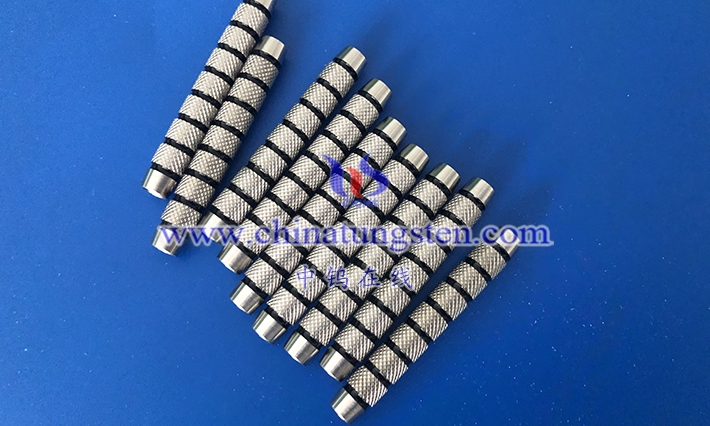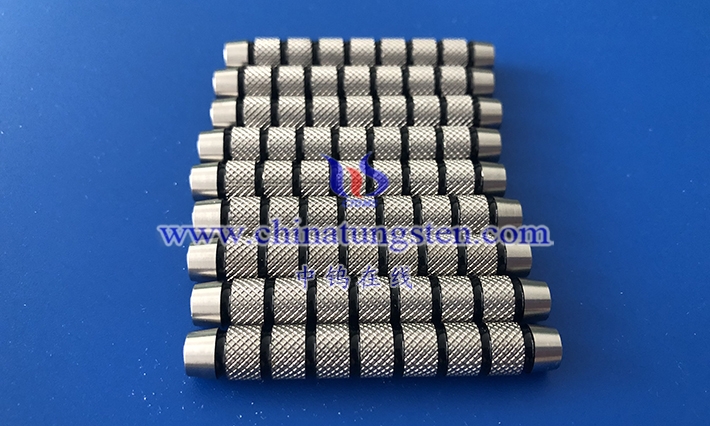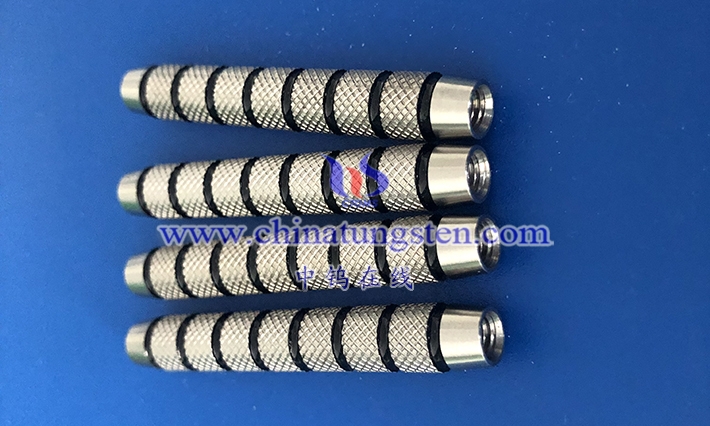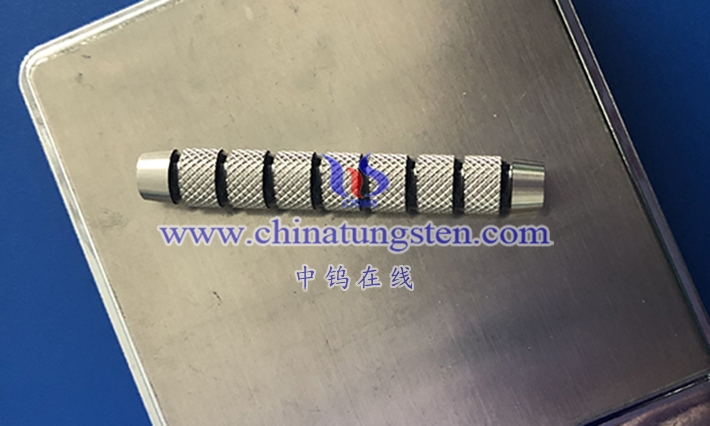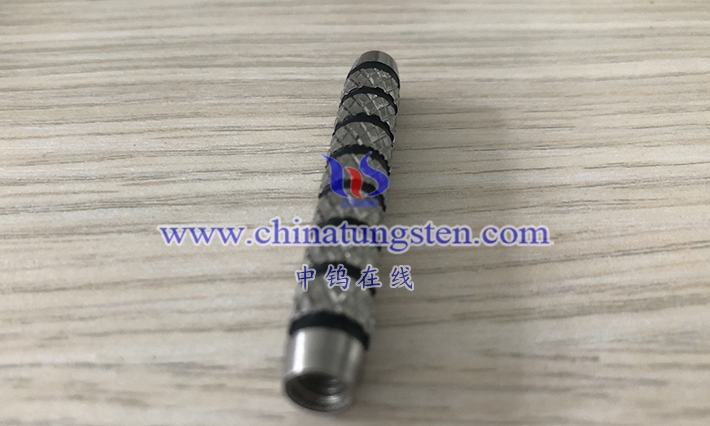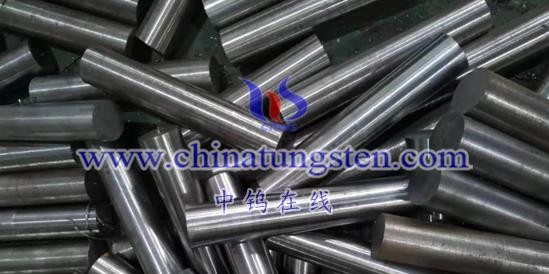

The fatigue crack growth rate prediction of high-density alloys can be predicted by the following methods:
- Fatigue crack growth test: By conducting fatigue crack growth test on high-density alloys under certain environmental conditions, the fatigue crack growth rate (FCGR) of the material under appropriate environmental conditions can be obtained. These tests are usually performed according to standards such as ASTM E647 or ISO 12108 to obtain reliable FCGR data.
- Paris power law: According to the Paris power law, there is a functional relationship between the fatigue crack growth rate and the stress intensity factor range ΔK. By obtaining the crack growth rate under different stress intensity factor ranges through testing, the parameters in the Paris power law can be fitted to predict the crack growth rate under other stress intensity factor ranges.
- Material constants: By conducting fatigue crack growth tests, material constants, such as parameters such as A and m, can be determined, which can be used to predict the crack growth rate. With a given stress intensity factor range ΔK and material constants, the crack growth rate per cycle can be calculated.
- Finite element analysis: Finite element analysis can be used to simulate the fatigue crack growth process of high-density alloys. By setting the mechanical property parameters and stress boundary conditions of the material, the path and rate of crack growth can be predicted. This method requires a more accurate material model and boundary condition settings, but can provide more comprehensive fatigue crack growth behavior information.
It should be noted that the fatigue crack growth behavior of high-density alloys is affected by many factors, such as material composition, microstructure, environmental conditions, stress amplitude and number of cycles. Therefore, predicting the fatigue crack growth rate of high-density alloys requires comprehensive consideration of these factors and the use of appropriate methods for prediction and analysis. At the same time, for specific materials and application scenarios, it may be necessary to combine experiments and theoretical models for comprehensive analysis and evaluation to obtain more accurate prediction results.
More details of tungsten alloy product, please visit website: http://tungsten-alloy.com/
Please contact CHINATUNGSTEN for inquiry and order of tungsten carbide:
Email: sales@chinatungsten.com
Tel.: 86 592 5129595
